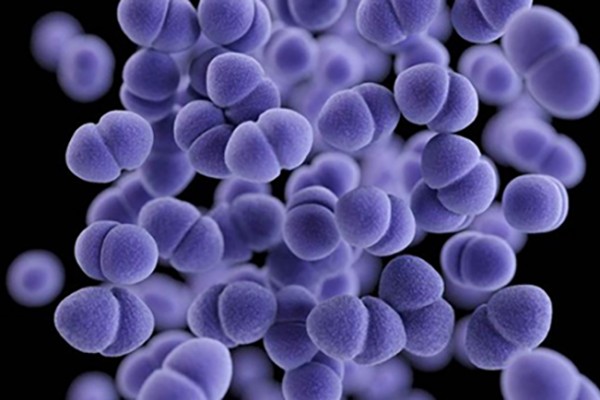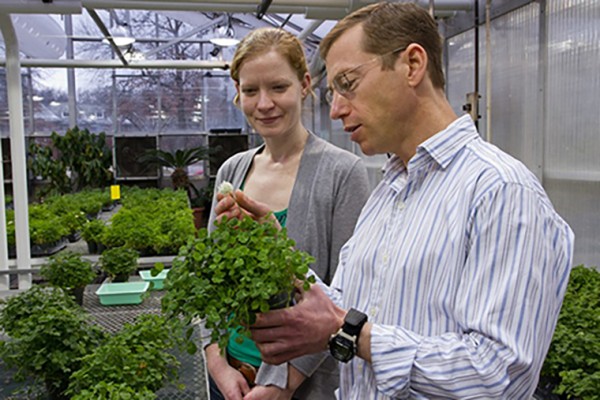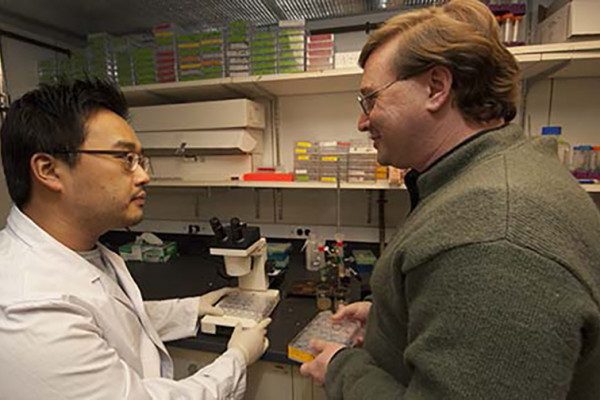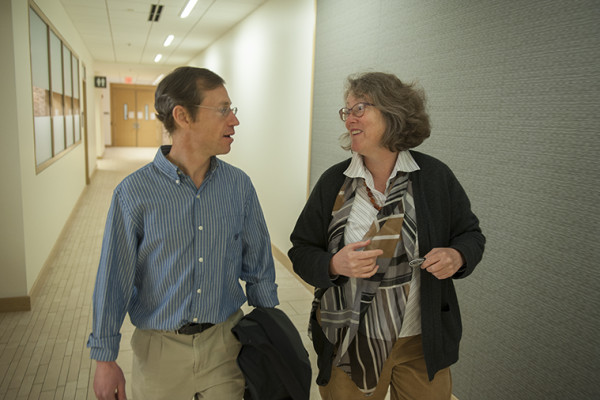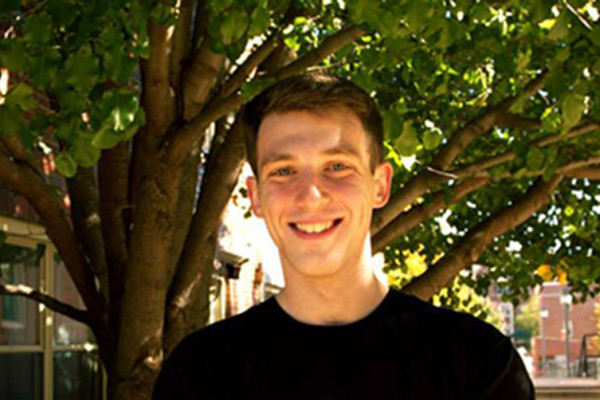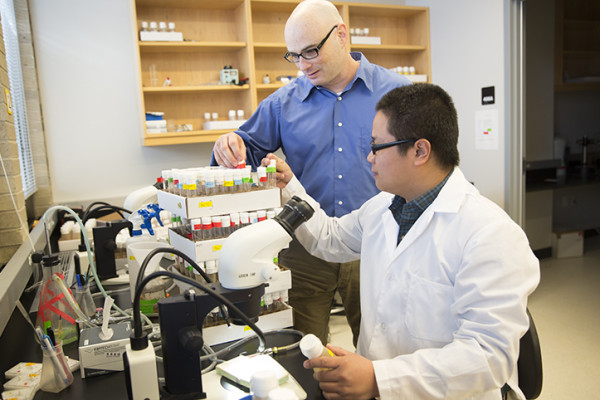Chalker awarded research grants
Douglas Chalker, PhD, associate professor of biology in Arts & Sciences, has been awarded $170,000 from the National Science Foundation to continue work on his project, “DNA Elimination Mechanisms in Tetrahymena.”
Zombie bacteria are nothing to be afraid of
Scientists at Washington University in St. Louis have obtained the first experimental evidence that there are at least two fail-safe points in the bacterial cell cycle. If the fail-safes are activated, the cell is forced to exit the cell cycle forever. It then enters a zombie-like state and is unable to reproduce
even under the most favorable of conditions. Drugs that trigger the fail-safes are already under development.
Scientists map the ‘editing marks’ on fly, worm, human genomes
In the Aug. 28 issue of the journal Nature, a multi-institution research network called modENCODE (the Model Organism ENCylopedia Of DNA Elements) published three major papers that map and compare the genomes and epigenomes of humans and two model
organisms, the fly, D. melanogaster, and the worm, C. elegans, in unprecedented detail. The fly and worm could serve as model organisms for screening drugs and micronutrients that might alter the epigenome, which is implicated in many diseases.
How repeatable is evolutionary history?
Some clover species have two forms, one of which releases cyanide to discourage nibbling by snails and insects and the other of which does not. A scientist at Washington University in St. Louis found that this “polymorphism” has evolved independently in six different species of clover, each time by the wholesale deletion of a gene. The clover species are in a sense predisposed to develop this trait, suggesting that evolution is not entirely free form but instead bumps up against constraints.
A protein key to the next green revolution sits for its portrait
Scientists are beginning to talk about re-engineering crop plants so that, like legumes, they will have on-site nitrogen-fixing systems, either in root nodules or in the plant cells themselves. The structure of a protein called NolR that acts as a master off-switch for the nodulation process, published in the April 29 issue of PNAS, brings them one step closer to this goal.
More questions than answers as mystery of domestication deepens
A recent interdisciplinary conference that led to the publication of a special issue of PNAS on domestication raised more questions than it answered. Washington University in St. Louis scientists Fiona Marshall and Ken Olsen, who participated in the conference and contributed to the special issue, discuss some of the key questions that have been raised about this pivotal event in human history.
Genetic study tackles mystery of slow plant domestications
Did
domesticating a plant typically take a few hundred or many thousands of years? Genetic studies often indicate that domestication traits have a
fairly simple genetic basis, which should facilitate their rapid
evolution under selection. On the other hand, recent archeological
studies of crop domestication have suggested a relatively slow spread
and fixation of domestication traits. An article in “The Modern View of Domestication,” a special issue of PNAS, tries to resolve the discrepancy.
Tinianow to receive 2014 Stalker Award
Alex Tinianow will receive this year’s Harrison D.
Stalker Award from the Department of Biology in Arts & Sciences at
Washington University in St. Louis. The award is given annually to a graduating biology
major whose undergraduate career combines outstanding scientific
scholarship with significant contributions in the arts and humanities.
A novel mechanism for fast regulation of gene expression
Yehuda Ben-Shahar and his team at Washington University in St. Louis have discovered that some mRNAs have a side job unrelated to making the protein they encode. They act as regulatory molecules as well, preventing other genes from making protein by marking their mRNA molecules for destruction.
Strassmann installed as Charles Rebstock Professor of Biology
Biologist Joan E. Strassmann, PhD, was installed Jan. 23 as the Charles Rebstock Professor of Biology in Arts & Sciences in a ceremony in Holmes Lounge. Following the formal installation, Strassmann gave an entertaining talk about a high-stakes gamble she and Queller made 15 years ago: to switch from studying cooperation and conflict in social insects, famous for their complex societal arrangements, to studying it in an amoeba, whose claim to fame had been its simple lifestyle.
View More Stories

